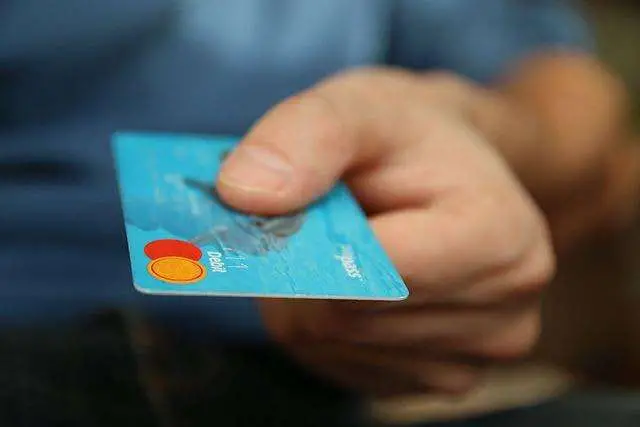
COVID-19 drives surge in use of digital payments in LAC
WASHINGTON, DC, United States (CMC) — The novel coronavirus pandemic has spurred financial inclusion, driving a large increase in digital payments amid the expansion of formal financial services, according to the Global Findex 2021 database.
Latin America and the Caribbean (LAC) saw an 18 per cent increase in account ownership since 2017, the largest of any developing world region, resulting in 73 per cent of adults having an account, according to the World Bank-produced database, which surveyed how people in 123 economies use financial services throughout 2021.
It said digital payments play a key role as 40 per cent of adults in the region paid a merchant digitally, including 14 per cent of adults who did so for the first time during the pandemic.
COVID-19 further drove digital adoption for the 15 per cent of adults who made their first utility bill payment directly from their account for the first time during the pandemic, which is more than twice the developing country average.
“Opportunities for even greater use of digital payments remain, given that 150 million banked adults made merchant payments only in cash,” stated the report
Overall, as of 2021, 76 per cent of adults globally now have an account at a bank, other financial institution, or with a mobile money provider, up from 68 per cent in 2017 and 51 per cent in 2011.
“The digital revolution has catalysed increases in the access and use of financial services across the world, transforming ways in which people make and receive payments, borrow, and save,” said World Bank Group President David Malpass.
“Creating an enabling policy environment, promoting the digitalisation of payments, and further broadening access to formal accounts and financial services among women and the poor are some of the policy priorities to mitigate the reversals in development from the ongoing overlapping crises.”
For the first time since the Global Findex database was started in 2011, the survey found that the gender gap in account ownership has narrowed, helping women have more privacy, security, and control over their money. The gap narrowed from seven to four per cent globally and from nine to six per cent in low- and middle-income countries, since the last survey round in 2017.
In Latin America and the Caribbean, women are seven per cent less likely than men to have an account.























